The Screen Actors Guild - American Federation of Television and Radio Artists (SAG-AFTRA) has provided an important update to its members regarding the ongoing negotiations for AI protections for video game actors. While progress has been made, SAG-AFTRA acknowledges that they are still "frustratingly far apart" from the industry bargaining group, which represents most major AAA gaming companies, on several critical issues.
SAG-AFTRA has outlined the key differences in a detailed chart, highlighting the following unresolved points:
- Comprehensive protection from the use of digital replicas or generative AI for all past and future work.
- A clear definition of "digital replica" that includes any performance, whether vocal or movement, that is "readily identifiable or attributable to" a performer. The bargaining group prefers "objectively identifiable," which SAG-AFTRA argues could exclude many performances.
- The inclusion of "movement" performers in the generative AI agreement.
- The use of the term "real-time generation" to describe AI-created performances, as opposed to the bargaining group's preferred term "procedural generation," which SAG-AFTRA believes has a different connotation in gaming.
- Disclosure requirements for blending voices to create digital replicas.
- Disclosure requirements regarding the use of a performer's voice for real-time chatbots versus scripted dialogue in game development.
- SAG-AFTRA's proposal to withdraw consent for digital replica use during strikes, while employers wish to continue using them, even on struck games.
- The duration of consent for real-time generation: SAG-AFTRA proposes a five-year limit, while the bargaining group seeks unlimited consent.
- Disagreements over minimum compensation for digital replica creation and use, though tentative agreements have been reached on bonus pay calculations.
- The bargaining group's proposal to grant bonus rights (e.g., easier scheduling and unlimited overtime) in exchange for a premium, which SAG-AFTRA finds too broad and potentially circumventing union rights.
- SAG-AFTRA's desire for a tracking system to monitor the use of digital replicas to ensure proper compensation, which the bargaining group deems unfeasible.
- Specific definitions and regulations around "synthetic" performers created entirely by generative AI systems.
Despite these differences, the two groups have tentatively agreed on several other aspects, including bonus pay, dispute resolution, certain minimum compensation elements, consent requirements, and specific disclosures to performers. However, SAG-AFTRA remains concerned that the bargaining employers may be misrepresenting the closeness of a potential deal to its members.
In a letter to members, Duncan Crabtree-Ireland, SAG-AFTRA's national executive director and chief negotiator, emphasized the ongoing impact of the strike on employers, who are struggling with production as members continue to stand united. He warned members about the risks of being approached for roles that could undermine the strike and expose them to AI misuse without adequate protections.
In response, Audrey Cooling, spokesperson for the video game industry bargaining group, stated that they have proposed a deal that includes over 15% wage increases, enhanced health and safety protections, industry-leading AI terms, and additional compensation for using an actor's performance in other games. The group is eager to continue negotiations to reach a resolution.
The SAG-AFTRA video game strike, now in its eighth month, was triggered by disagreements over AI provisions, despite agreements on 24 out of 25 other contract proposals. The strike's effects are becoming increasingly visible, with players noting unvoiced NPCs in games like Destiny 2 and World of Warcraft. Additionally, SAG-AFTRA struck League of Legends after Riot allegedly attempted to circumvent the strike, and Activision recast characters in Call of Duty: Black Ops 6 following player concerns. Most recently, two Zenless Zone Zero voice actors discovered their replacements through the game's latest patch notes.


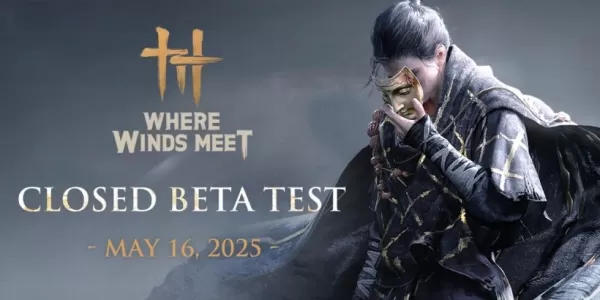

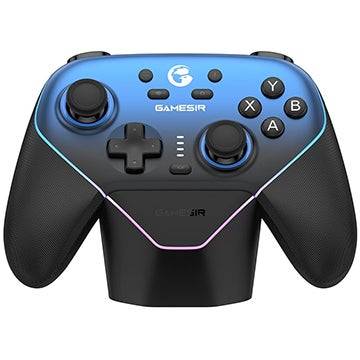

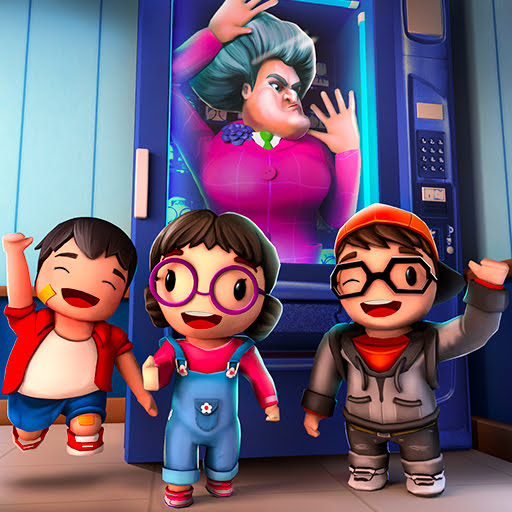














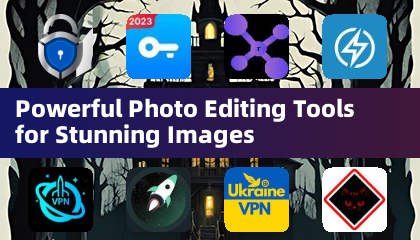
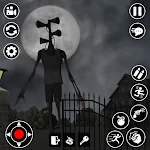



![City Devil: Restart [v0.2]](https://img.icssh.com/uploads/38/1719554737667e52b102f12.jpg)


